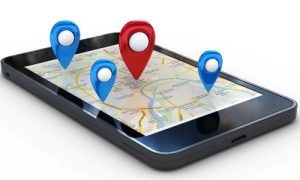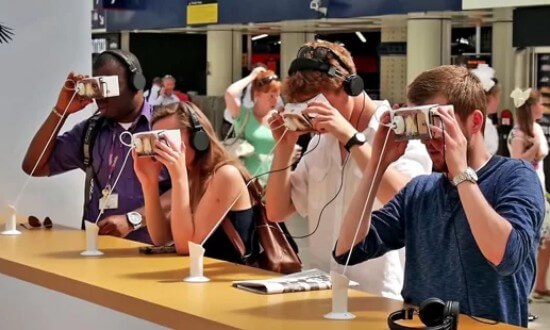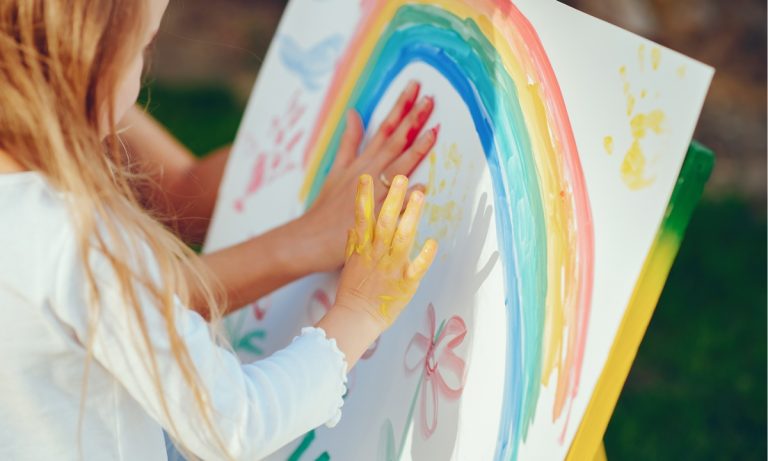With most of 2016 behind us, it’s time for marketers to look at the latest trends in marketing and anticipate what’s to come in 2017. Looking at the latest trends, you’ll see that it takes creativity and analytical approach to execute them, but when you pull it off, it will surely be worth it.
Real-time marketing
In a world where your target audience is always on the go and strapped for time, there is a growing trend of ‘hors d’oeuvres’ content, championed by platforms like Snapchat and Periscope. In order to deliver integrated campaigns that make constituents feel connected, especially the younger generation of consumers, you need to offer exclusive content that has an expiration date.
This ‘less is more’, or ephemeral marketing is about communication that is shorter, more to the point, and in real-time. Brands such as ESPN, Vice, Comedy Central already use platforms like Snapchat to push their messages to their consumers, making them feel connected to the brand and at the same time, unique. Take full advantage of the opportunity to connect uniquely to consumers using just a tiny window of their time.

Location-based marketing
While location-based marketing is not a new tactic, technological advancements and high mobile use has opened the door for new opportunities for location-based marketing strategies. Location-based marketing can create an interactive experience for consumers that target them directly at or near the point of engagement, providing an experience that enhance and improve their day-to-day lives, encouraging them to return for more.
One example of location-based technology at work is Singapore’s 313 Somerset mall near the Somerset MRT station. With users’ prior permission, users of the Tring313 app can receive coupons and sales alerts as soon as they enter 50-500 metre distances from the mall. Airports even use beacon technology to help user navigate their airports.
With the availability of beacon hardware and beacon providers and destination apps with a pool of existing users, brands can tap into those audiences that are comfortable with geo-location features and Bluetooth opt-in.
Omnichannel
Omnichannel (omni-channel) is a multichannel approach to sales that aims to provide customers with a seamless interaction rather than multiple micro events, whether they are on a desktop computer, mobile device, telephone or in-store. And while all omnichannel experiences will use multiple channels, not all multi-channel experiences are omnichannel. If you’re multi-channel experience don’t work together, it’s not omnichannel.
Disney is leading when it comes to omnichannel experiences, right down to the smallest detail. Booking a trip to Disney is made easy with their mobile-responsive website, and the My Disney Experience tool is there to help you plan your entire trip. In the park, you can use the mobile app to locate attractions as well as view the estimate wait time for each of them. Their Magic Band program provides a tool that acts as a hotel room key, photo storage device, and even used to order food.

Virtual Reality
2016 has truly been the year for VR, with the technology now available commercially for everyone. VR solves a high problem marketers have around engagement and awareness because it is immersive, impactful, memorable and very novel, and consumers absorb messages more effectively, and retain that message for longer.
Virtual tours, one-on-one engagement and interactive and immersive commercials are just a few ways marketing will shift to as VR technology continues to move from novelty to mainstream.
While a tequila company may not be an obvious beneficiary of a VR marketing strategy, Patron used a mix of live action and computer graphics to tell a compelling story about their products, creating a 360 journey that follows the product’s lifecycle from ground, to bottle, to party. The journey is now an integral part of the brand’s major events, allowing their audience to fully appreciate the work and craft that goes into making the product.

Wearable Tech
While today’s users might own one wearable device, experts predict that a typical consumer will have multiple wearables by 2020. Wearables are becoming an extension of existing trends like mobility, location-based information and personalisation. Health-focused wearables like Fitbit have already hit the mainstream market, helping users measure their daily life. Watch-like bands like the iWatch and Samsung have become an extension of your mobile phone, giving users at-a-glance connectivity.
Marketers have multiple ways to interact with wearable tech. For quantified-self wearables, how can one use the data or enhance it to deliver value to customers? For the iWatch and Samsung, how can one make information (even more) glanceable? This year’s Oktoberfest in Brisbane introduced their new Smart Wristband that can be used to buy drinks, get on rides and to buy any merchandise, which is linked to your Digital Wallet, creating a cashless experience for attendees.








